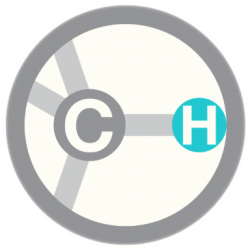Authors: Joshua A. Lile, Drake Morgan, Anne M. Birmingham, Zhixia Wang, William L. Woolverton, Huw M. L. Davies and Michael A. Nader
J. Pharmacol. Exp. Therap.,
2002, 303, 2, 640-648
The present series of experiments was undertaken to investigate the variables that influence the reinforcing efficacy of psychostimulants. The time of onset for dopamine transporter (DAT) occupancy of the long-acting, high-affinity DAT blocker 2β-propanoyl-3β-(4-tolyl)-tropane (PTT) was measured using an ex vivo binding assay in rodents and was determined to be significantly longer than for cocaine (30 min versus 2 min). To assess the reinforcing efficacy of PTT relative to cocaine, a discrete-trials drug-drug choice procedure (n = 3) and a progressive-ratio (PR) schedule (n = 4) were used in rhesus monkeys. Cocaine (0.003–0.56 mg/kg/injection) and PTT (0.003–0.03 mg/kg/injection) maintained responding greater than saline under the PR schedule. Maximal breaking points were significantly higher for cocaine compared with PTT. A separate group of monkeys prepared with double-lumen catheters was allowed to choose between cocaine (saline and 0.03–0.3 mg/kg/injection) and PTT (saline, and 0.01 and 0.03 mg/kg/injection). Under these conditions, PTT was not preferred over saline. When saline or 0.01 mg/kg/injection PTT was available as alternatives to cocaine, the highest dose of cocaine maintained greater than 80% choice. When 0.03 mg/kg/injection PTT was the alternative to cocaine, cocaine choice declined to approximately 50%, and total cocaine intake was decreased by ∼70% at the highest cocaine dose. These results suggest that the reinforcing efficacy of PTT is less than cocaine in nonhuman primates. Data from studies with PTT indicate that slow-onset, long-acting DAT inhibitors can decrease cocaine self-administration while not functioning robustly as reinforcers, and support the further investigation of these drugs as treatment for cocaine addiction.

